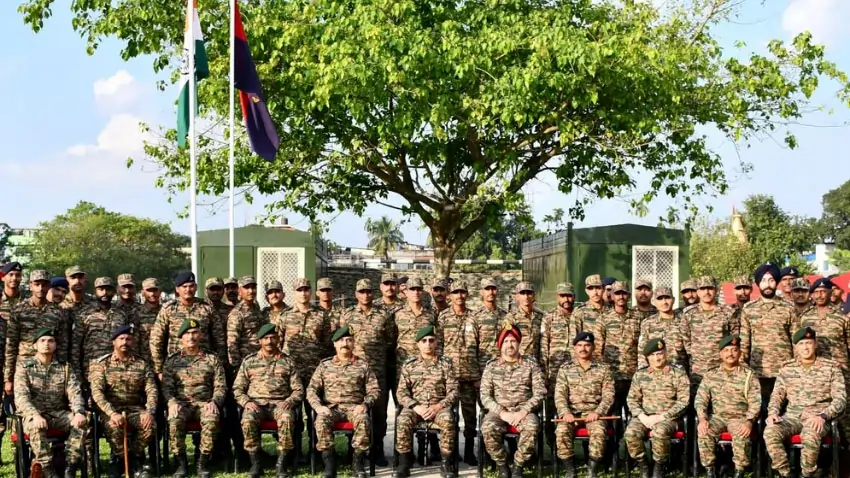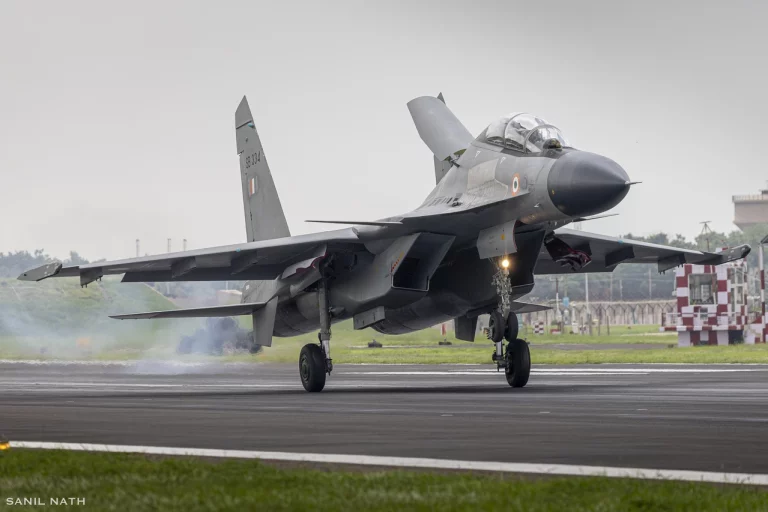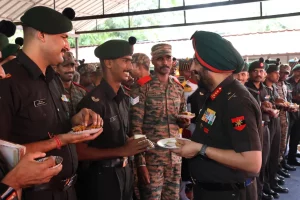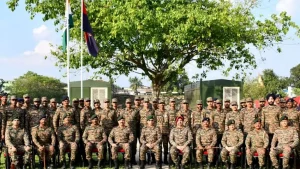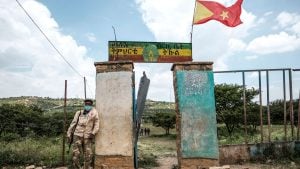In a significant move to bolster its defense capabilities, India has inaugurated three new military garrisons along the Bangladesh border aimed at reinforcing security for the Siliguri Corridor, a critical land link connecting mainland India to its northeastern states. This narrow, 22-kilometre-wide strip is crucial for the movement of goods and military personnel, often referred to as the Chicken’s Neck due to its strategic vulnerability.
The new military installations are situated at Bamuni in Assam, Kishanganj in Bihar, and Chopra in West Bengal. These garrisons are expected to enhance operational readiness, improve surveillance, and facilitate rapid troop deployment in response to any security threats in the border region.
The Lachit Borphukan Military Station at Bamuni stands out as the first major Indian Army base in Assam near the Bangladesh frontier. This installation, spread across 196 bighas of reclaimed government land, is named after the esteemed Ahom General Lachit Borphukan, reflecting Assam’s rich military history. The establishment of this base has been made possible through seamless coordination with local governmental authorities, showcasing Assam’s dedication to enhancing national security.
Functioning under the operational control of the Tezpur-based 4 Corps, the Dhubri station will oversee key tasks such as surveillance, area domination, and quick troop deployments. It is also positioned to act as a strategic hub for counter-infiltration operations and the integration of advanced technology to bolster situational awareness across the corridor.
In addition to the Bamuni base, the newly established garrisons at Kishanganj and Chopra are tailored as forward bases facilitating quick troop movements. The Chopra base’s proximity to Tetulia in Bangladesh’s Panchagarh district makes it especially critical from a tactical perspective. Both Kishanganj and Chopra are operated under the Brahmastra Corps, responsible for vital defense operations in this part of India.
These developments are part of India’s broader strategy to secure the Siliguri Corridor, which remains vulnerable to potential threats from adversaries. The entire region falls under the command of the Trishakti Corps (33 Corps) based near Siliguri. The corps has already deployed various advanced defense assets in the area, including Rafale fighter jets, BrahMos missile systems, S-400 air defense systems, and Akash surface-to-air missile platforms.
Defense officials emphasize that the Chicken’s Neck should not be viewed as a vulnerability but rather as a fortified defense zone capable of rapid reinforcement from surrounding states like West Bengal, Sikkim, and Assam. This perspective helps to underscore India’s strategic focus on maintaining control and security in the region.
The establishment of these three garrisons also coincides with ongoing shifts in the political landscape of Bangladesh. The emergence of interim leadership in Dhaka and its growing ties with Pakistan and China have raised alarm bells in New Delhi. Consequently, these new military bases signify India’s commitment not only to defense but also to maintaining a proactive military posture in the region.
Through the inauguration of the Lachit Borphukan Military Station and the forward bases at Kishanganj and Chopra, India has made a substantial commitment to strengthening its eastern frontier. These initiatives represent a shift from a solely defensive strategy to a more assertive posture, aimed at maintaining operational superiority and ensuring military readiness within this vital corridor.
Overall, the creation of these garrisons underscores India’s determination to secure the Siliguri Corridor, ensuring it remains robust, responsive, and prepared for any challenges in the evolving geopolitical landscape of South Asia.
